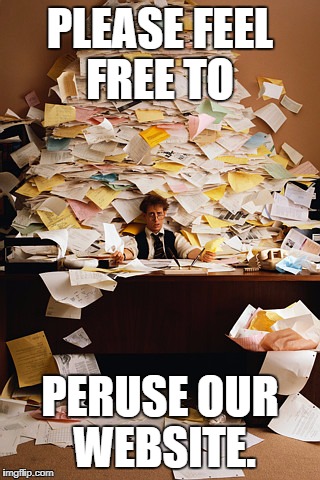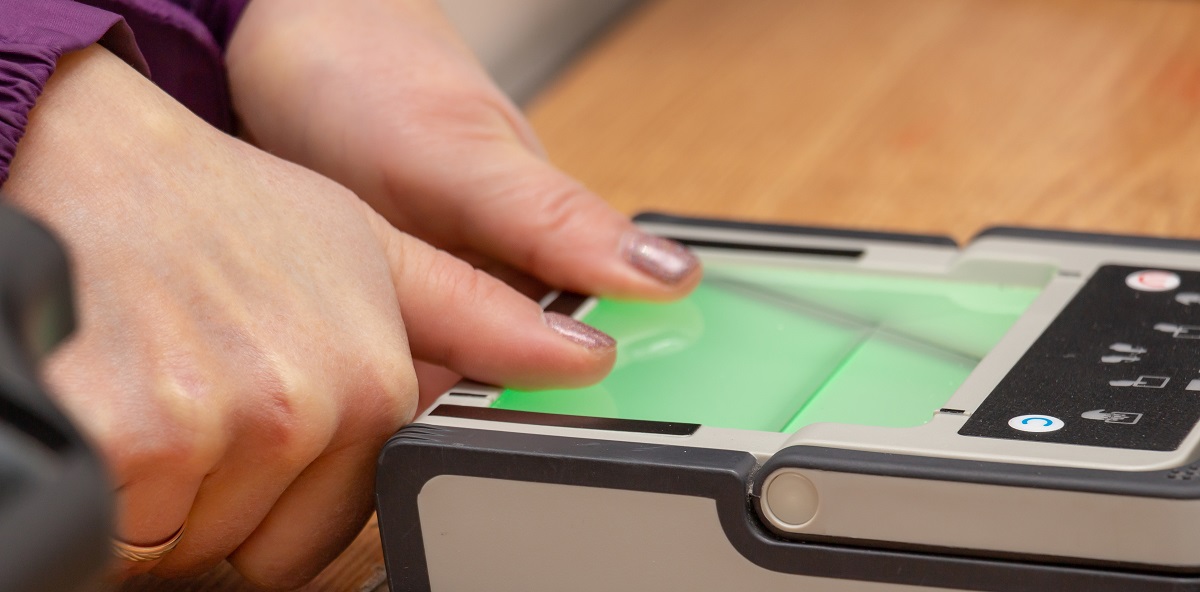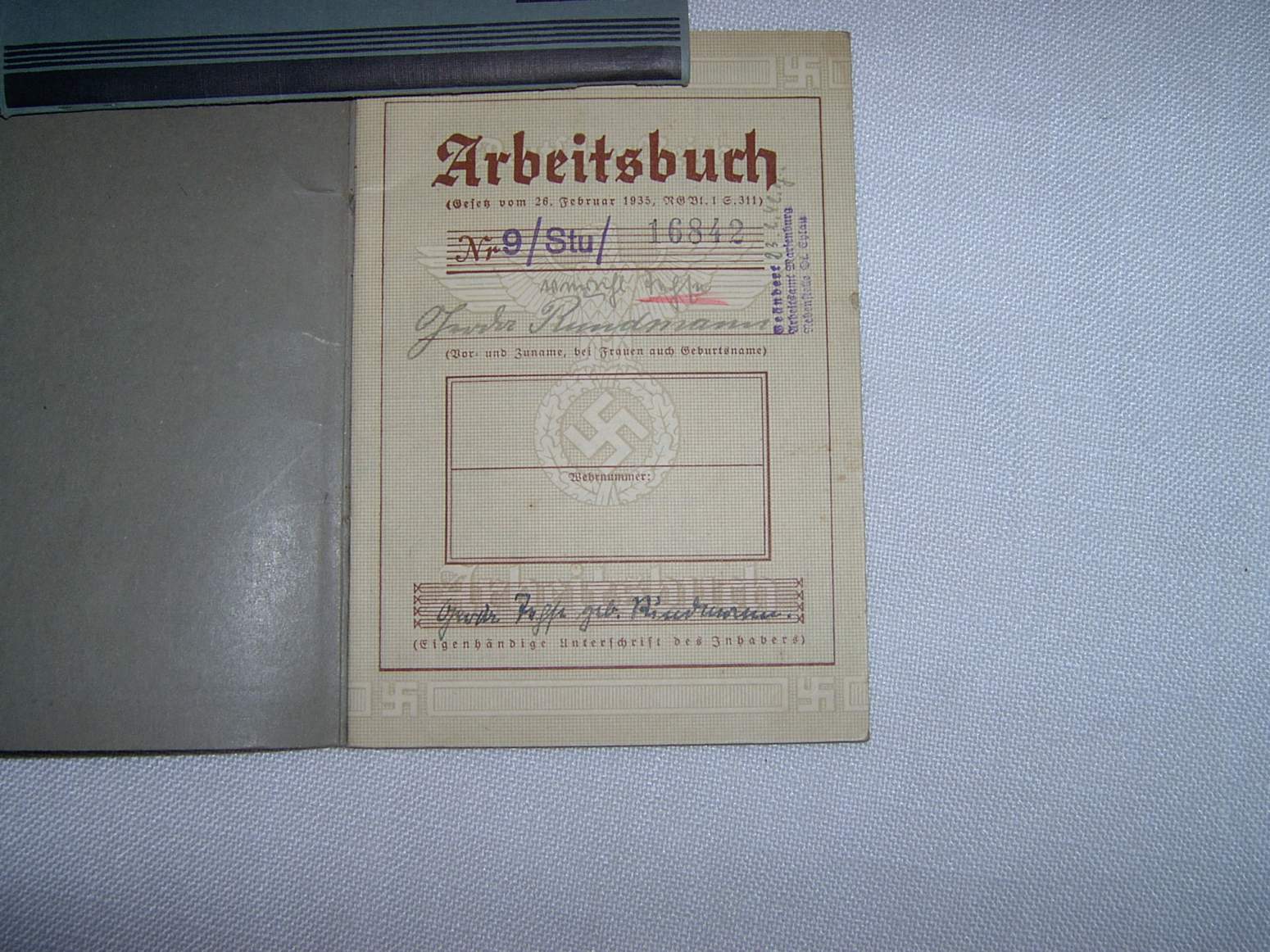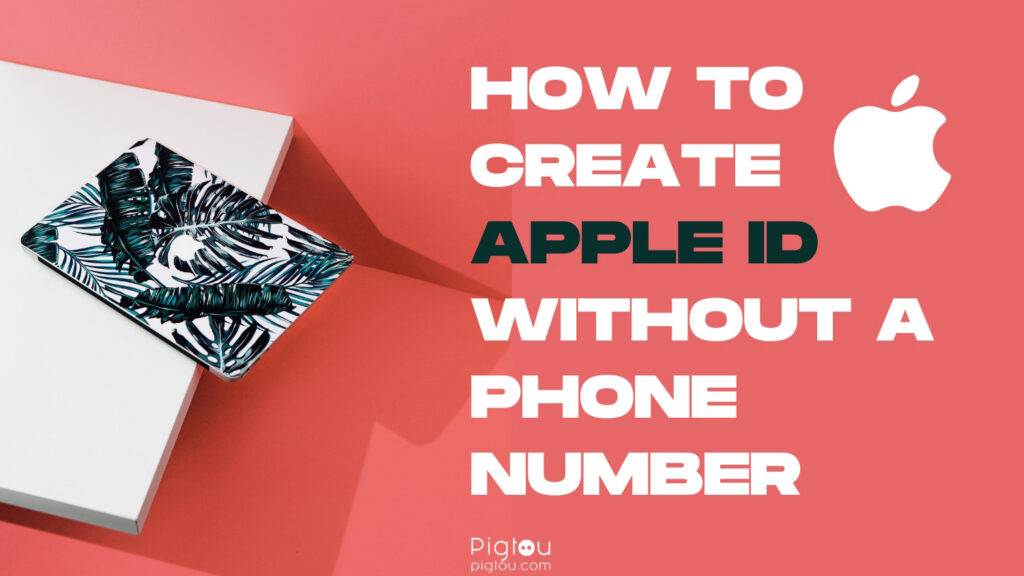ID Without Paperwork: Easy Steps to Get One

Obtaining an ID without paperwork might sound like an elusive quest, but with the right knowledge and preparation, it's entirely feasible. In this blog post, we'll delve into the essentials of securing an ID in scenarios where traditional documentation is scarce or nonexistent. Whether you're dealing with lost documents, a move to a new country, or simply replacing outdated IDs, this guide will walk you through the process, highlighting the most practical steps to take.
Understanding the Need for ID

Before diving into the how-tos, let's first grasp why an ID is crucial. An ID serves as:
- A proof of identity
- A requirement for many services and employment
- A key document for financial transactions
Without it, everyday activities like opening a bank account, securing employment, or even renting an apartment can become significantly more challenging.
Preparation: Gathering Secondary Documents

When traditional paperwork isn't available, alternative documentation can fill the gap. Here’s how to prepare:
- Non-Government Issued ID: Obtain items like library cards, school transcripts, or even gym memberships.
- Proof of Address: Utility bills, rental agreements, or similar documents showing where you live.
- Public or Community Records: Baptismal certificates, yearbook photos, or notarized affidavits from community leaders.
These secondary documents will serve as the foundation of your ID application process.
Navigating the Application Process

Each country or jurisdiction might have different procedures, but here are some common steps:
1. Research Local ID Issuance Agencies

Identify which local or national authority handles ID issuance in your area. This could be:
- A department of motor vehicles (DMV)
- A national ID office
- Local government offices
2. Visit the Agency

Head to the office with your secondary documents. Here are the steps you might follow:
- Introduce Yourself: Explain your situation to the agency staff. Be clear about your lack of traditional paperwork.
- Submit Documents: Provide any alternative proof you've gathered.
- Biometric Capture: If applicable, provide fingerprints, photographs, or other biometric data.
- Application Form: Fill out the ID application form, providing as much detail as you can.
Each step might require some back-and-forth, but with patience and persistence, you can navigate through.
3. Handling Rejections or Setbacks

Your application might not be accepted on the first attempt:
- Seek Clarification: Understand why your application was rejected or what additional information is required.
- Gather Additional Documentation: If more documents are needed, seek out community support or legal aid to find them.
- Reapply: Don't give up; reapply with the newly acquired documentation.
Alternative Solutions

In some cases, traditional ID agencies might not be the only solution:
1. Community Verification

Some communities offer:
- Community ID Cards: These can be useful for basic identification needs.
- Notarized Affidavits: Community leaders or members can provide sworn statements to support your identity.
2. Legal Assistance

If you encounter legal hurdles:
- Legal Clinics: Seek free or low-cost legal advice to understand your rights and options.
- Advocacy Groups: Some organizations specialize in helping undocumented individuals or those facing bureaucratic challenges.
💡 Note: Legal assistance can sometimes expedite or clarify processes that seem overwhelming at first.
Embracing Digital Alternatives

In today's digital era, there are innovative solutions emerging:
- Digital IDs: Some jurisdictions are moving towards electronic identification methods, especially for online transactions.
- Blockchain Technology: Blockchain-based identity systems provide a secure and decentralized way to prove identity without traditional paperwork.
Keeping an eye on these technologies can provide alternative pathways to achieving ID status.
In summary, obtaining an ID without traditional paperwork requires a combination of resourcefulness, patience, and an understanding of the alternative documents that can substitute for conventional proof. By leveraging community support, legal aid, and staying informed about emerging technologies, you can navigate this process effectively. The steps outlined here offer a practical roadmap to not just acquiring an ID but also restoring a sense of personal identity and autonomy. Remember, while this journey might be filled with its share of obstacles, with the right approach, it’s entirely possible to secure the ID you need to move forward in life.
Can I get an ID if I’ve lost all my documents?

+
Yes, though it might be more challenging, you can still obtain an ID. Gathering alternative documents like utility bills, community records, or getting affidavits from community leaders can help establish your identity.
How long does the process typically take?

+
The duration varies. Some can obtain an ID within weeks, while others might take months due to the need for additional documents or legal processes.
Are community IDs as valid as national or state-issued IDs?

+
Community IDs might not have the same legal weight, but they can be useful for basic identification needs, particularly in local or community-based settings.